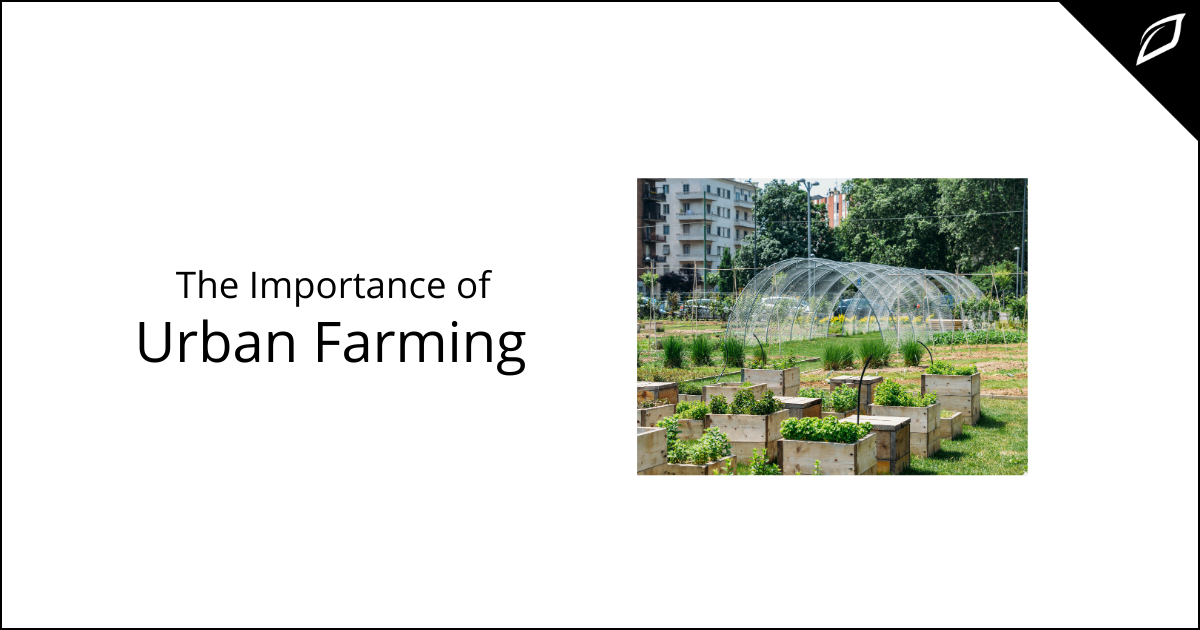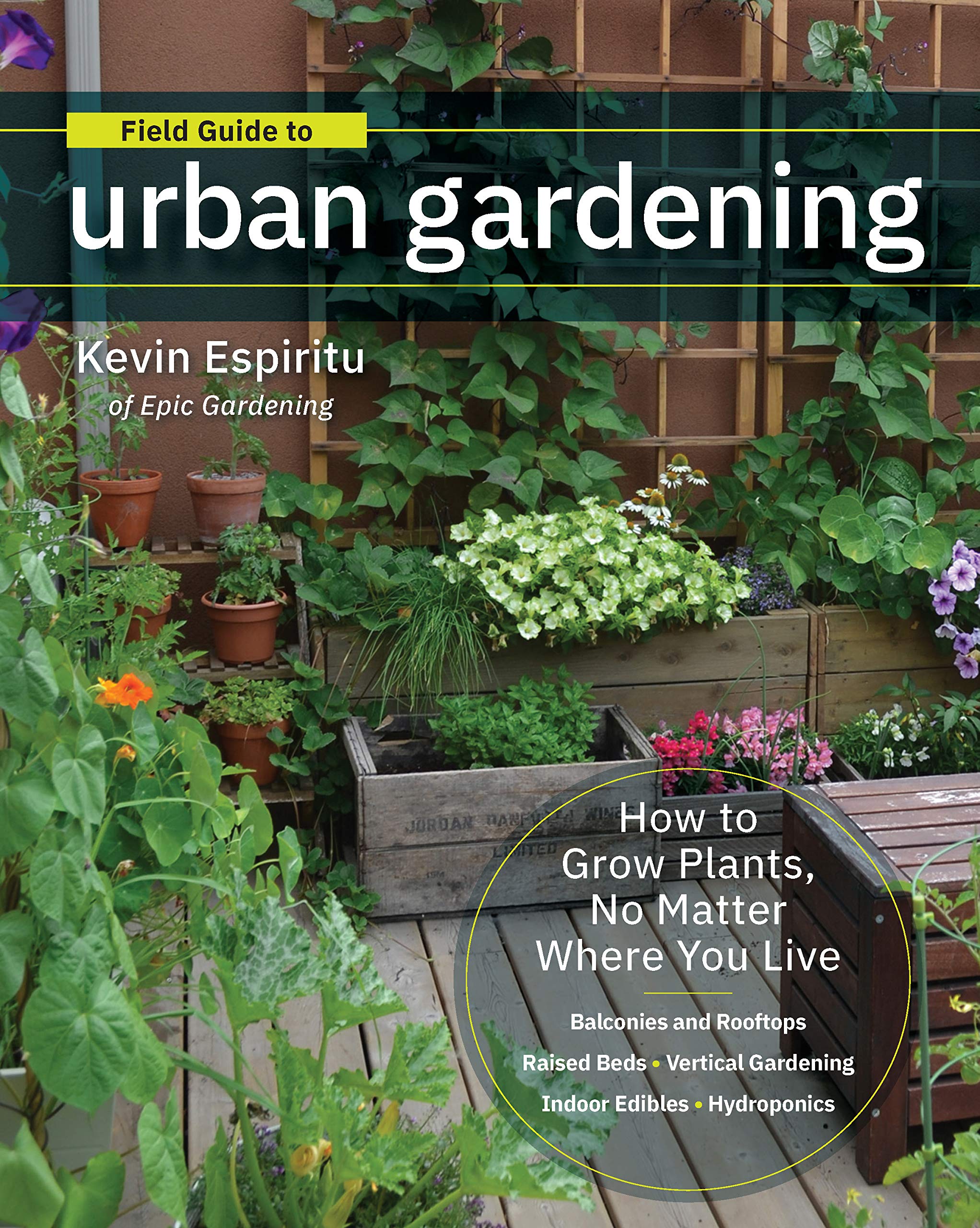City Blooming - Questions
Table of ContentsLittle Known Facts About City Blooming.The 45-Second Trick For City BloomingGet This Report on City BloomingFacts About City Blooming UncoveredThe Facts About City Blooming Uncovered
Urban gardens often profit from warmer microclimates, allowing the growing of much less durable plants such as palms and bamboo. https://sketchfab.com/cityblooming commonly found in warmer areas. And as we have actually said, don't simply go with little plants; little city yards can deal with large plants and trees and selecting these over little fussy hedges will make the space feel larger and extra excitingUse large containers they do not completely dry out as promptly as smaller pots, so they are less work to maintain water. Select hardscaping elements for a city garden The organized lines, asymmetrical setup, and use different materials in this London-based Victorian balcony's yard style develop a smooth link with the style, making it look like an all-natural expansion of the general aesthetic.
Plant up and down Cover the walls in greenery, whether that be stunning climbers that ripple messily over your fence or something much more contained and contemporary like a living wall. Take advantage of a light well garden Whitewashed wall surfaces and light flooring ceramic tiles transform it from a dark and drab area into an area you 'd desire to invest time on a Sunday early morning with a mug of coffee.
The Ultimate Guide To City Blooming
IoT-based cutting-edge horticulture systems enable remote tracking and automation of gardening procedures. Urban farming applications and online resources give important info, pointers, and neighborhood support for metropolitan garden enthusiasts.
They have a goal to finish cravings in our generation by planting yards on extra land in cities. They offer a variety of sources to aid individuals obtain involved in urban farming, including instructional products, gardening pointers, and a community forum.

The 9-Minute Rule for City Blooming
Urban Development is a community-led company that deals with both areas and developers to develop a much healthier city. They are committed to sustainability, empowerment, and joy, and they think that every person has the power to make a difference. Urban horticulture is an effective motion that brings nature back right into the concrete forest.
Katy began at Horticulture Express with minimal knowledge of horticulture, but under the mentorship of Chris Bonnett and the various other horticulture experts in the business, she now has over two years of experience in the cultivation industry. Katy has edited 300 write-ups on subjects such as plant care, yard styles, yard layout, and maintenance.
Katy's mission is to aid novices and seasoned garden enthusiasts alike develop and appreciate their own welcoming exterior areas with simplicity.
Area gardens are semi-public spaces shared by a neighborhood of neighbors and other people where they collectively participate in expanding fruits, vegetables, or flowers, sharing labor and harvest. It's fantastic to get involved in these sustainable tasks as they're just as useful for you, the area, and the atmosphere. Neighborhood yards are found in communities, yet can additionally be developed in institutions, domestic lands, or establishments, such as healthcare facilities.
The 15-Second Trick For City Blooming
Several of the environmental benefits of neighborhood yards consist of: Reconstruction of uninhabited land and environments by repurposing themProduction and upgrading of water infiltration and various other ecosystem servicesPromotion of biodiversity by planting indigenous plantsEducating the community concerning gardening, city farming, and their benefitsReduction of food transportation minimizing air pollutionPromotion of lasting agriculture practicesFostering social inclusionThe over ecological advantages show the general significance of neighborhood gardens and their contribution to providing habitat for organisms and food to the residents, eliminating food insecurity.
Area yards add to accomplishing these objectives as they come to all regardless of course, age, sex, education and learning, occupation, etc, and play a substantial role in increasing recognition and understanding about gardening and metropolitan farming amongst the residents. Community gardens highlight a need for city slicker to go back to nature.

Plus, it removes food instability in areas which is an honorable goal. Functioning in a shared garden allows a return to true values.
What Does City Blooming Do?
Some of the environmental advantages of area yards include: Repair of vacant land and environments by repurposing themProduction and upgrading of water infiltration and other community servicesPromotion of biodiversity by planting native plantsEducating the area about horticulture, city agriculture, and their benefitsReduction of food transport lessening air pollutionPromotion of sustainable agriculture practicesFostering social inclusionThe over environmental advantages reveal the general importance of community gardens and their payment to giving habitat for organisms and food to the locals, removing food insecurity.
Area gardens add to accomplishing these goals as they are obtainable to all no matter of course, age, sex, education, profession, and so on, and play a massive duty in increasing recognition and knowledge concerning horticulture and metropolitan agriculture amongst the people. Community gardens highlight a demand for city occupants to go back to nature.
A method to obtain closer to nature by adhering to environmentalist valuesSpaces of social diversity where conviviality and exchanges aboundPlaces that advertise the integration of deprived teams or people with handicaps right into the social fabricA way to enhance your living atmosphere (for people residing in homes and having little green space at their disposal)A place of area enjoyment, to hold cultural events and outside partiesThe chance to expand vegetables, fruits, and herbs at reduced costAn opportunity to move and work out in the fresh air by committing a couple of hours a week to horticulture and keeping your garden plotThe opportunity to share and exchange with other individuals items from the harvestOpportunities to raise understanding and enlighten people about environmental respect through strategies such as composting, natural gardening, rain harvesting, etc.
Having expanded vegetables and fruits will strongly encourage you to eat more of them, which is not negligible for your way of life and health. And also, it removes food insecurity in areas which is a worthy objective. Functioning in a shared garden allows a go back to real worths. The evolution of the consumer culture, the absence of time, and lots of various other elements lead us a growing number of towards purchasing products in shops.